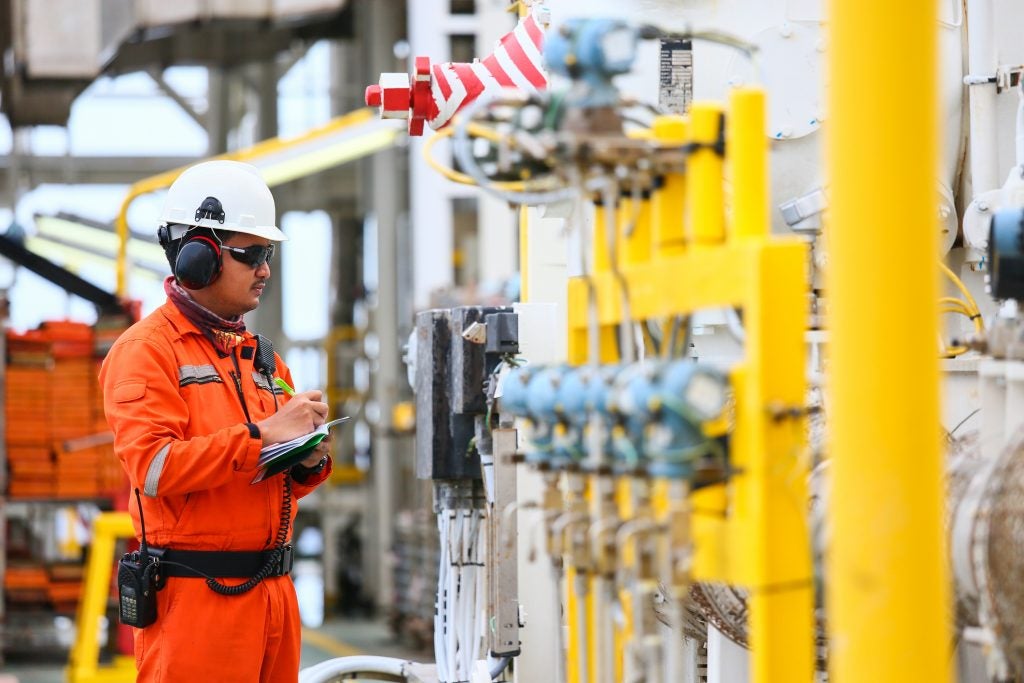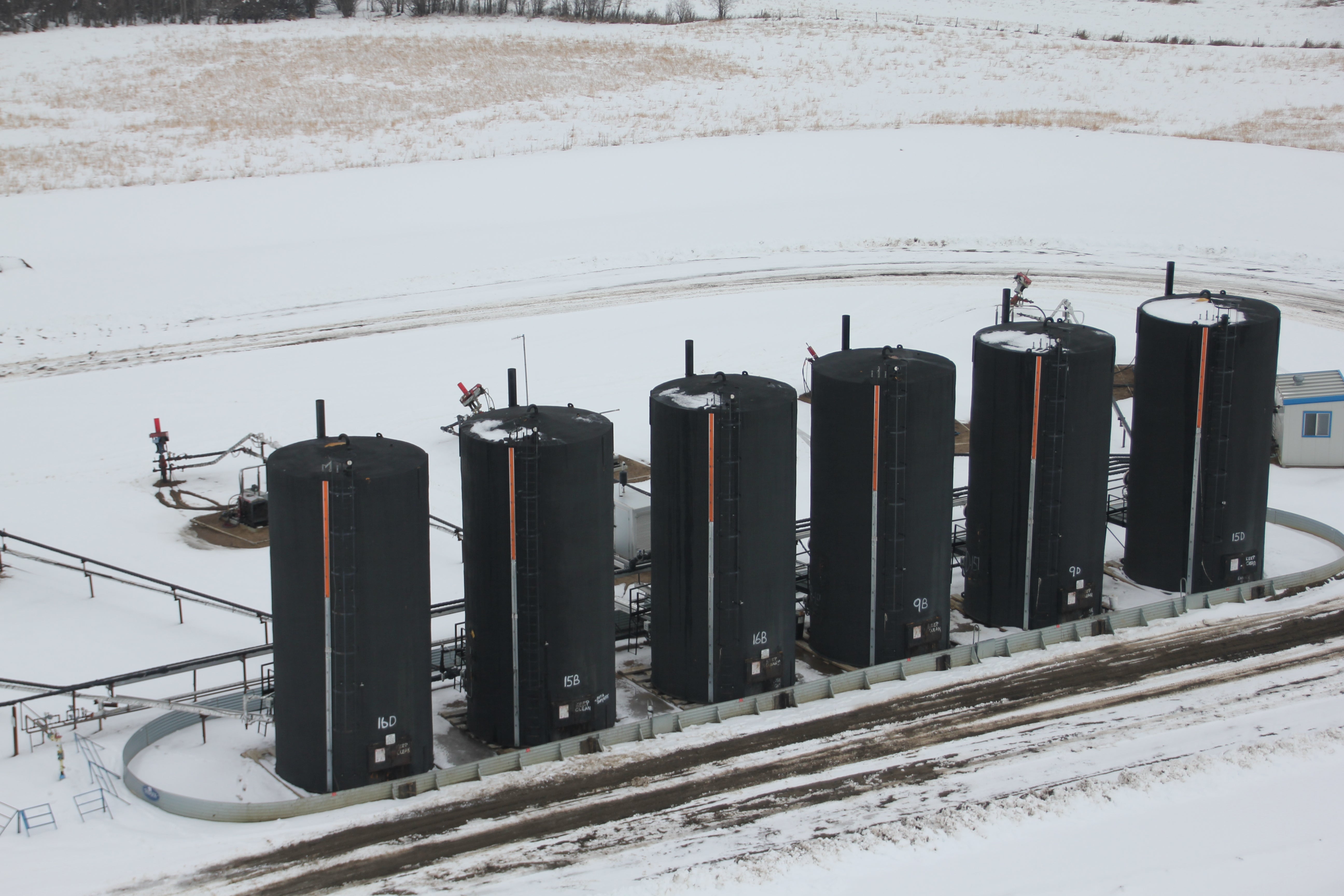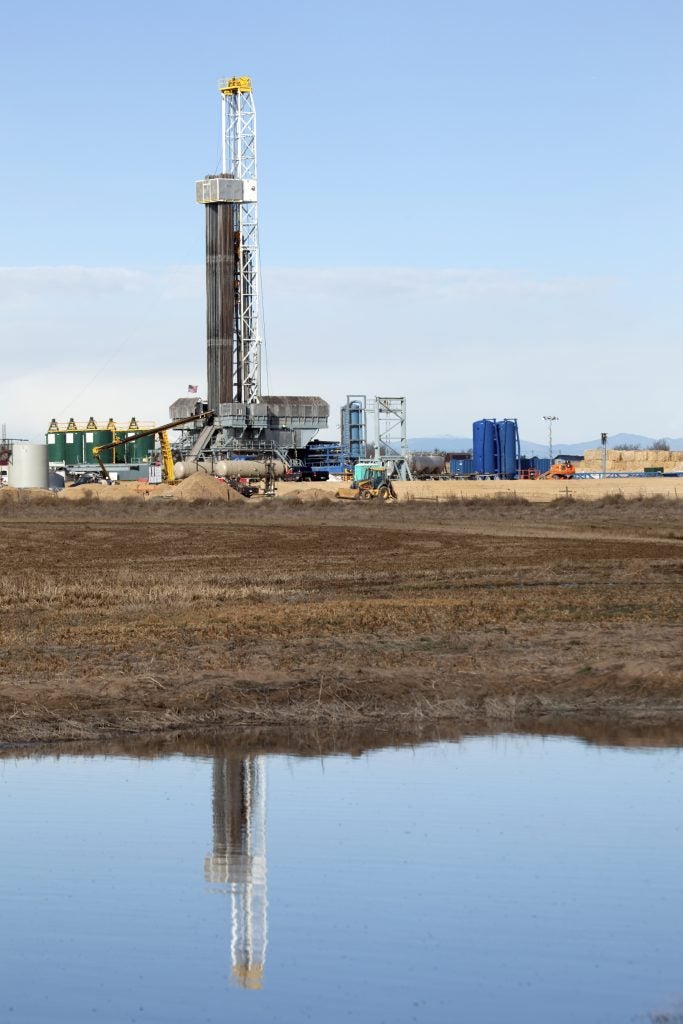 By: Jori Mendel, AT&T Smart Cities, and Chandana Vangapalli, former Environmental Defense Fund Climate Corps Fellow
By: Jori Mendel, AT&T Smart Cities, and Chandana Vangapalli, former Environmental Defense Fund Climate Corps Fellow
Technology revolutionizes the way people interact with the world. From video chats to securing homes from thousands of miles away, digital connections bring us closer to what matters most.
This same connectivity can play a critical role in helping cities around the world in the fight against climate change – a fight that will only accelerate in the coming years, with cities and municipalities on the front lines.
Nearly 60 percent of the world’s population will live in cities by 2030. These urban areas already account for 60-80 percent of energy consumption and 75 percent of carbon emissions, and their impacts will worsen with expansion. Because of their population density, cities are also the most likely to be heavily impacted by water shortages, natural disasters, and heatwaves as climate change progresses.
Smart cities
Understanding how to mitigate these environmental impacts is vital, and the technology that enables cities to be “smart” is a big part of that. Technology can help communities around the world become cleaner, safer, and stronger through connectivity solutions that unlock environmental, social, and economic benefits. Read More











 Talk about a disruptive technology. The “world’s leading software platform for digital assets,” blockchain may be little known, but it could revolutionize electricity markets.
Talk about a disruptive technology. The “world’s leading software platform for digital assets,” blockchain may be little known, but it could revolutionize electricity markets. California is a leader, and has earned that title – it is the
California is a leader, and has earned that title – it is the 
